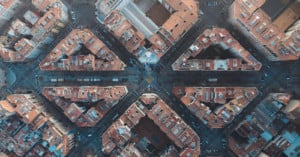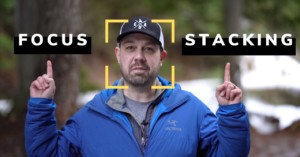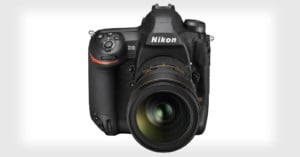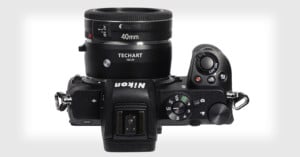
Sirui Expands ‘Night Walker’ Series With 16mm and 75mm Cine Lenses
Expanding on the success of its Night Walker APS-C and Super35 cinema style series launch, Sirui has announced two new T1.2 S35 cine lenses through Indiegogo: The wide angle T1.2 16mm and telephoto T1.2 75mm.




























